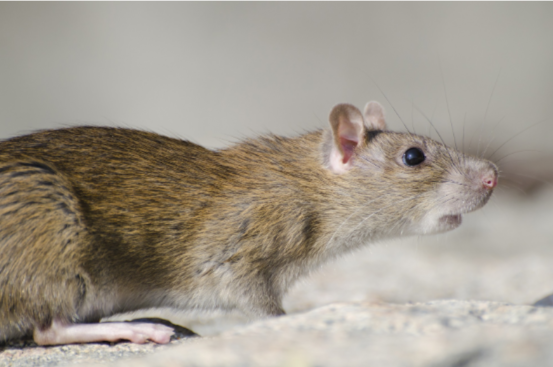Rodents in the home can cause damage and health issues. These tiny invaders can damage a building’s structure and even be a leading cause of electrical fires by damaging wiring. Not only that, they are standard transmitters of dangerous diseases, such as hantavirus, leptospirosis, rat-bite fever, and salmonellosis. That is why it’s essential to protect your home and property against them.
Whether you’re a homeowner, agricultural producer, or simply facing these small vermin, you are in the right place. Here are five tips for preventing and managing rodents.
Why is Rodent Control Essential?
Rodent pest control is essential for preventing the spread of diseases, reducing the risk of property damage, and mitigating allergies. Additionally, rodents chew through electrical wires, posing a fire hazard. They can also bring in other pests, such as fleas, mites, and ticks.
5 Practical Tips for Rodent Control in Your House
Here are some practical tips that will be very helpful in rodent control:
1. Seal Entry Points
Rodents can enter your space through small gaps, so thorough inspection is crucial. You should check holes in walls, cracks in doors, and gaps around windows. Choosing a simple fix, such as using caulk or steel wool, can make a huge difference. This can help your home remain rodent-free.
2. Keep Your Home Clean
Rodents love the crumbs and leftover food on the countertop or unwiped coffee tables in the bedroom. The best way to avoid rodents is a clean environment. A mess-free environment can remove the odors that attract rodents. That is why it is essential to clean your home regularly, especially your kitchen.
3. Use Rodent Traps
Traps are a traditional method used for rodent control. They are available in various options, including live traps, glue traps, and conventional snap traps.
The type of trap you use must be according to the kind of rodent you are trying to manage. There are specific traps for mice, rats, and other vermin. So you should read the packaging for rodent-type information.
When you begin the rodent trapping journey, be sure to use a high-calorie food, such as peanut butter or soft cheese, to attract the rodent(s). Be sure to place the food in the designated area of the trap.
4. Properly Store Potential Food Sources
If there are food and water sources nearby, it’s most likely to increase the chances of rodents. To manage the rodents, you should properly store any potential food sources and, more importantly, stay in your home by eliminating a necessary resource.
Any potential food sources for rodents must be kept in thick plastic containers or metal containers with tight-fitting lids. Mice and rats cannot bite through these materials. This helps to protect your food and lowers the incentives for the rodents to stick around.
5. Get a Cat
Getting a cat is a good idea for entertainment and to help control mouse populations. Bring a cat into your home if no one in your family has a cat allergy. If you don’t want a cat, buy cat litter and spread it in areas most frequented by the rats. This can act as a prevention. However, keep cat litter out of the reach of children.












+ There are no comments
Add yours